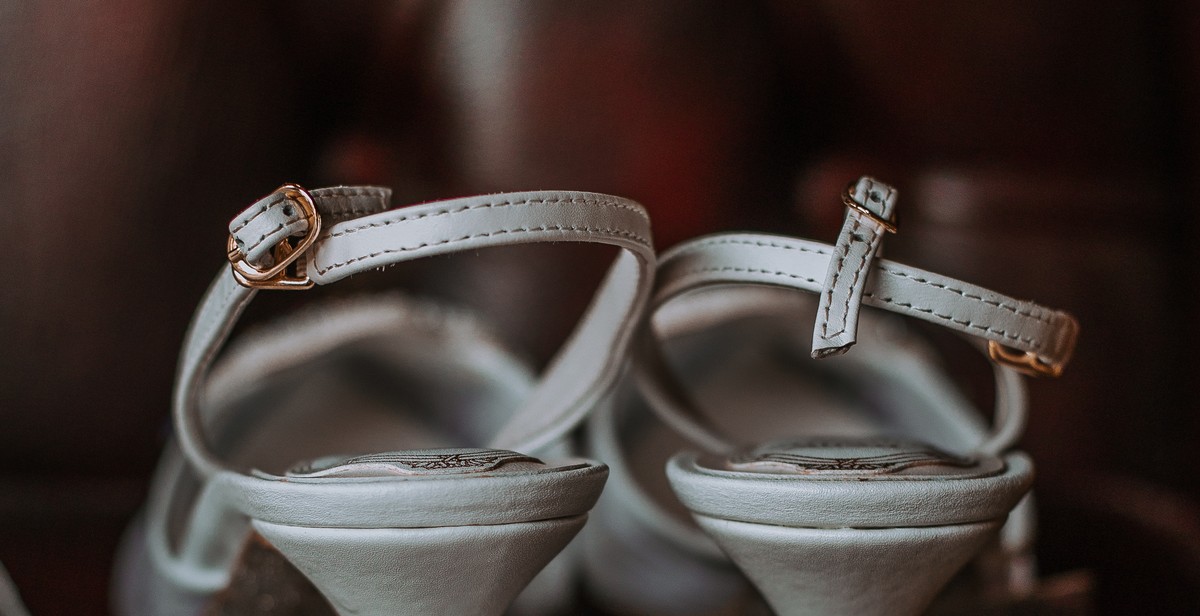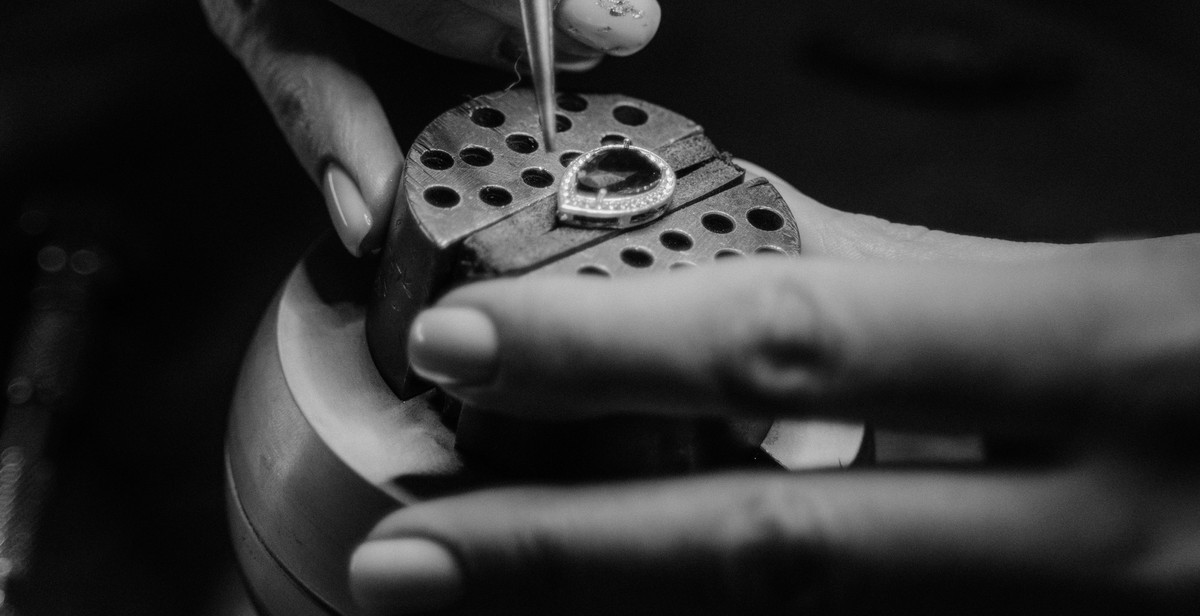What is the difference between a prong and a bezel setting?
Choosing the perfect engagement ring can be a daunting task, especially when it comes to selecting the right setting for the diamond. The setting is an essential element of an engagement ring that holds the diamond securely in place and enhances its beauty. The two most popular settings are prong and bezel settings.
A prong setting is the most common type of setting that uses thin metal prongs to hold the diamond in place. The prongs are bent over the diamond’s edges, securing it tightly in place while allowing maximum light to enter and reflect off the diamond’s surface.
On the other hand, a bezel setting is a type of setting that encircles the diamond with a metal rim or collar, holding it securely in place. This setting provides the diamond with maximum protection and is ideal for people with an active lifestyle.
This article will explore the differences between prong and bezel settings, their advantages and disadvantages, and which one is the best fit for your engagement ring.

What is a Prong Setting?
A prong setting is a type of jewelry setting that uses metal prongs or claws to hold a gemstone securely in place. The prongs are bent over the stone’s girdle, which is the widest part of the gemstone, and are then soldered or welded in place onto the jewelry piece. This type of setting is one of the most popular and traditional methods of securing gemstones onto jewelry pieces like rings, earrings, necklaces, and bracelets.
Types of Prong Settings
Prong settings come in various shapes and sizes, ranging from a simple four-prong setting to a more intricate and elaborate setting. Here are some of the most common types of prong settings:
- Four-Prong Setting: Also known as a solitaire setting, the four-prong setting is the most popular and classic type of prong setting. It uses four metal prongs to hold the gemstone in place, allowing maximum light to enter the gemstone and creating a brilliant sparkle.
- Six-Prong Setting: Similar to the four-prong setting, the six-prong setting uses six metal prongs to hold the gemstone in place, providing extra security and stability.
- Cathedral Setting: A cathedral setting is a type of prong setting that uses metal arches to hold the gemstone in place. This type of setting creates a more elevated and dramatic look, making it a popular choice for engagement rings.
- Channel Setting: A channel setting is a type of prong setting that uses two metal strips to hold the gemstones in place. The stones are set between the metal strips, creating a smooth and flush surface.
Prong settings are versatile and can be used with various gemstones, including diamonds, sapphires, emeralds, and rubies. They are also customizable, allowing you to choose the number of prongs, prong shape, and metal type to suit your preferences and style.
Overall, prong settings are a classic and timeless choice for jewelry pieces, providing a secure and elegant way to showcase your precious gemstones.

What is a bezel setting?
A bezel setting is a type of setting used to secure a gemstone in a piece of jewelry. It involves creating a metal rim or collar that surrounds the stone and holds it in place. The rim can be either partial or complete and can be made of various materials, such as gold, platinum, or silver.
Bezel settings are popular for their durability, as the metal rim provides a protective shield around the gemstone, preventing it from getting scratched or chipped. They also offer a sleek and modern look, making them a popular choice for contemporary jewelry designs.
Types of bezel settings
There are several types of bezel settings, each with its own unique characteristics:
- Full bezel: A full bezel completely encircles the stone, leaving only the top visible. This type of bezel setting provides the most protection for the gemstone and is commonly used for diamonds and other precious stones.
- Partial bezel: A partial bezel only partially encircles the stone, leaving more of the sides and bottom visible. This type of bezel setting is often used for colored gemstones or irregularly shaped stones.
- Flush bezel: A flush bezel sits completely flush with the surface of the jewelry, giving the piece a smooth and streamlined look. This type of bezel setting is commonly used for rings and earrings.
- Beaded bezel: A beaded bezel features small beads of metal that are soldered onto the edge of the bezel, creating a decorative effect.
- Scallop bezel: A scallop bezel features a series of scalloped edges that are cut into the bezel, creating a decorative effect.
Overall, bezel settings are a versatile and popular choice for securing gemstones in jewelry. Whether you prefer a full or partial bezel, a flush or beaded bezel, there is a bezel setting that can suit your style and needs.

Comparison between prong and bezel settings
Durability
The durability of a prong setting depends on the number of prongs used to hold the stone in place. The more prongs used, the more secure the stone will be. However, prongs can loosen or break over time, especially if they are subjected to daily wear and tear. On the other hand, a bezel setting offers more security as the stone is completely surrounded by metal. This makes the bezel setting more durable and less likely to lose stones.
Appearance
A prong setting allows more light to pass through the stone, which can enhance its brilliance and sparkle. The prongs also make the stone appear more prominent and give it a delicate and elegant look. However, the prongs can sometimes overshadow the stone, making it difficult to appreciate the stone’s true beauty. A bezel setting, on the other hand, offers a more contemporary and modern look. The metal surrounding the stone gives it a sleek and stylish appearance. However, the bezel can make the stone appear smaller as it covers the edges of the stone.
Maintenance
A prong setting requires more maintenance than a bezel setting. The prongs can catch on clothing and other materials, causing them to loosen or break. Regular maintenance, such as tightening or replacing the prongs, is necessary to ensure the safety of the stone. A bezel setting, on the other hand, requires less maintenance as the metal completely surrounds the stone, protecting it from damage. However, the metal can become scratched or dented over time, which can affect the appearance of the setting.
- Prong settings are more delicate and require more maintenance than bezel settings.
- Bezel settings are more durable and offer more protection to the stone.
- Prong settings allow more light to pass through the stone, enhancing its brilliance and sparkle.
- Bezel settings offer a more modern and stylish look.

Conclusion
In summary, both prong and bezel settings are popular choices for securing gemstones in jewelry pieces. Prong settings use metal prongs to hold the gemstone in place, while bezel settings use a metal rim to encircle the gemstone.
Prong settings are popular for their ability to showcase more of the gemstone and allow for maximum light exposure, resulting in a brilliant sparkle. Bezel settings, on the other hand, provide a more secure hold for the gemstone and offer a sleek and modern look.
When choosing between a prong and bezel setting, it ultimately comes down to personal preference and the type of jewelry piece being created. Consider factors such as the size and shape of the gemstone, the style of the jewelry piece, and the level of security desired.
Regardless of which setting is chosen, it is important to work with a skilled and experienced jeweler who can ensure that the gemstone is set securely and beautifully. With the right setting and attention to detail, any piece of jewelry can become a treasured and timeless piece.

